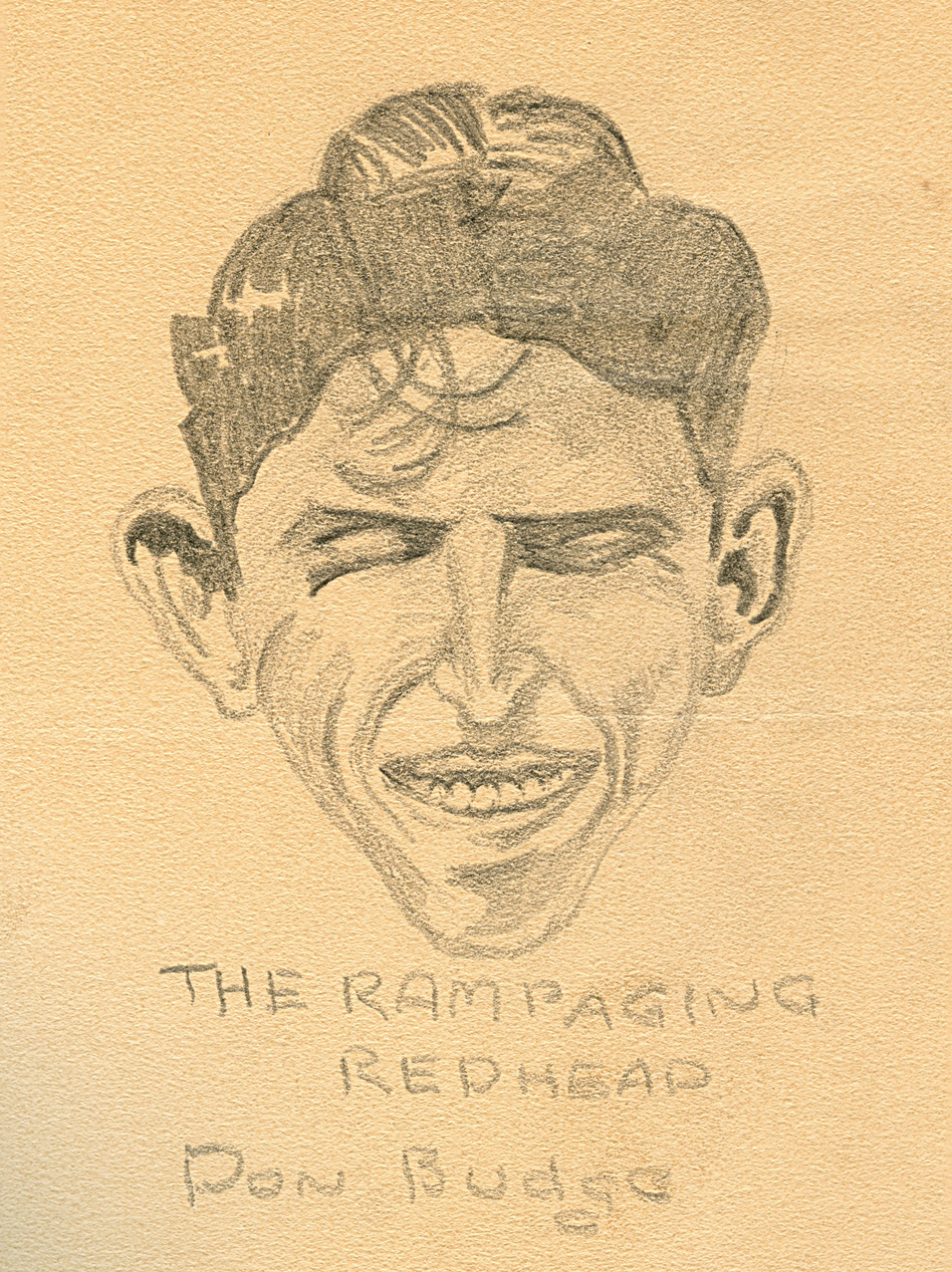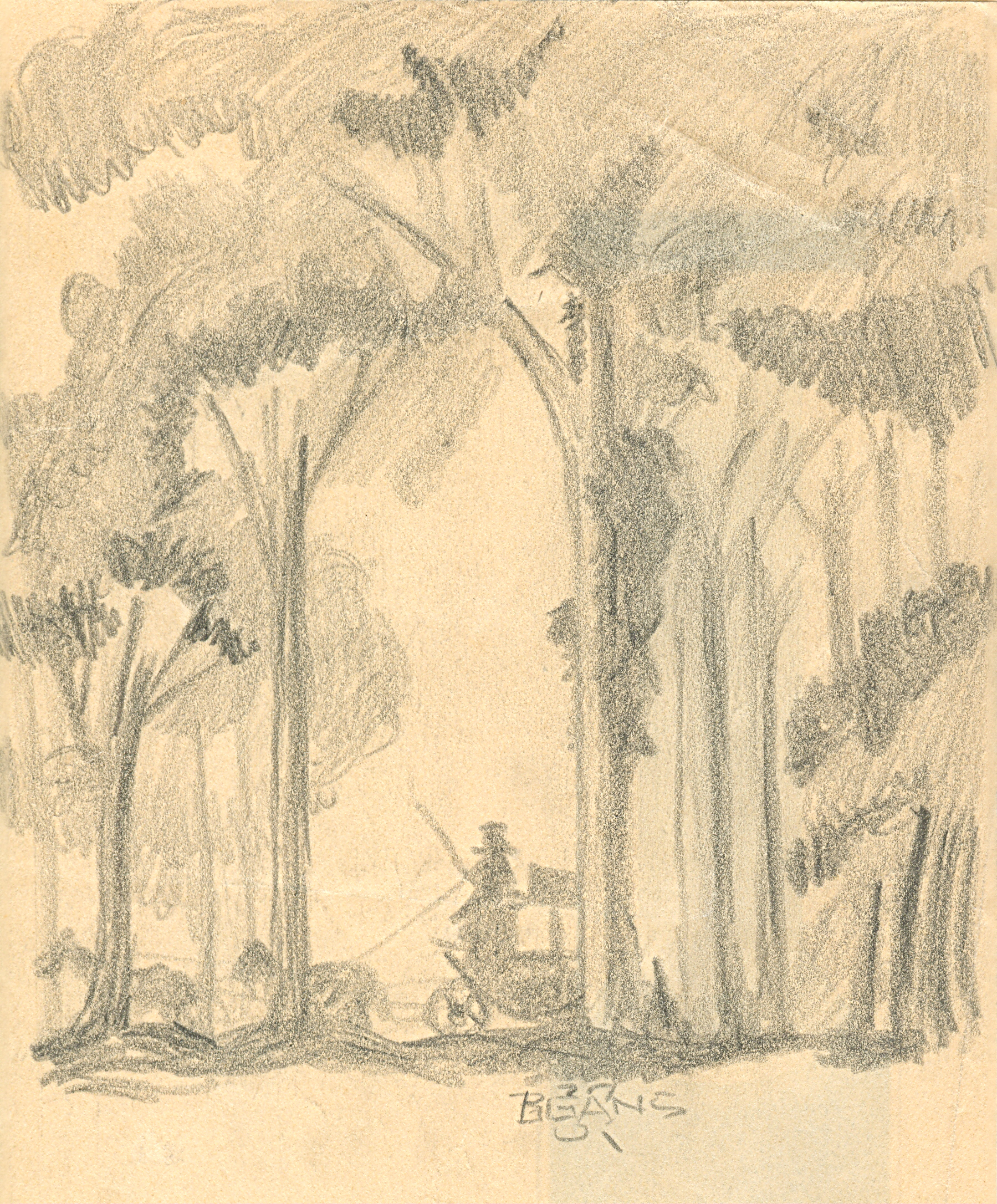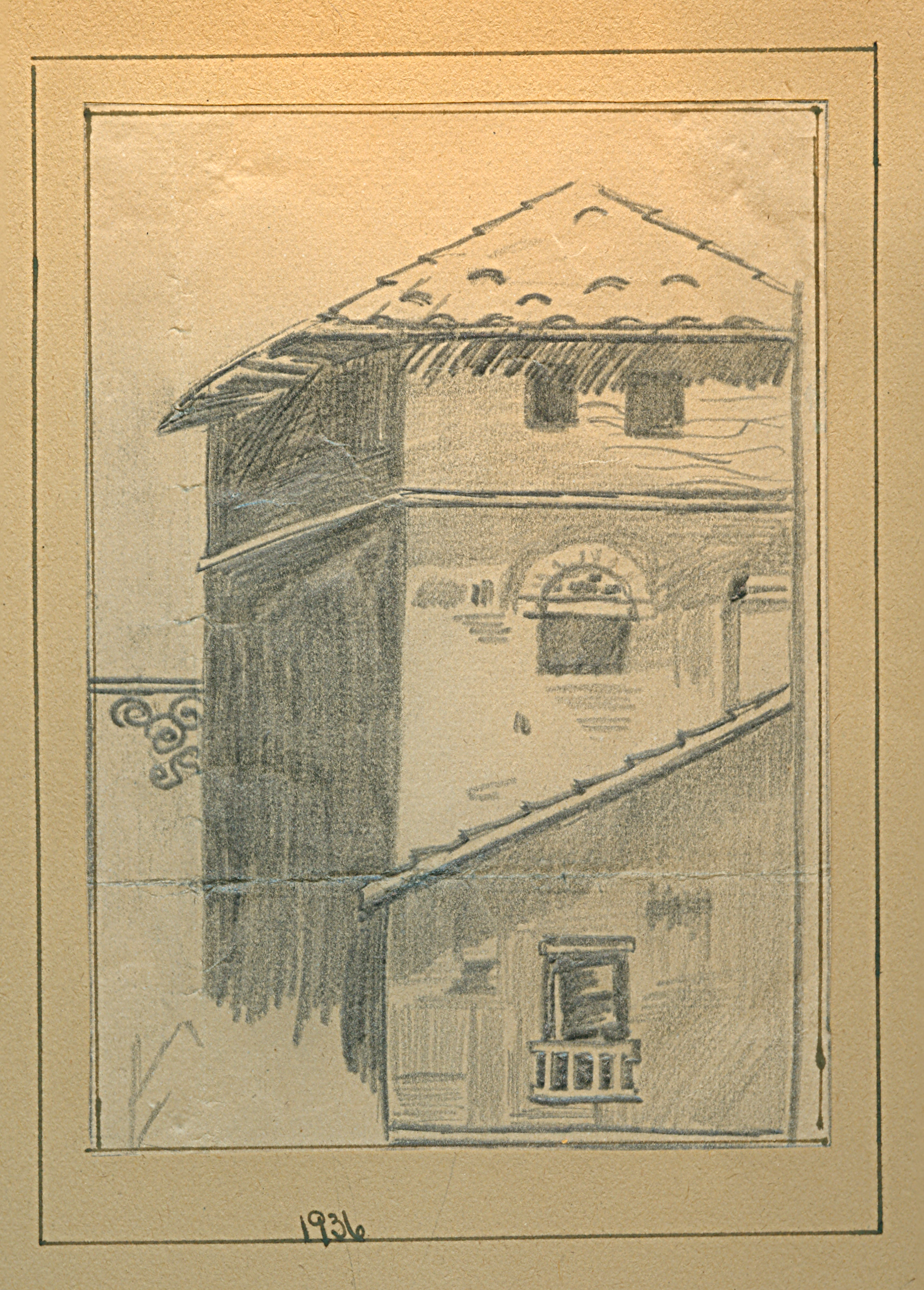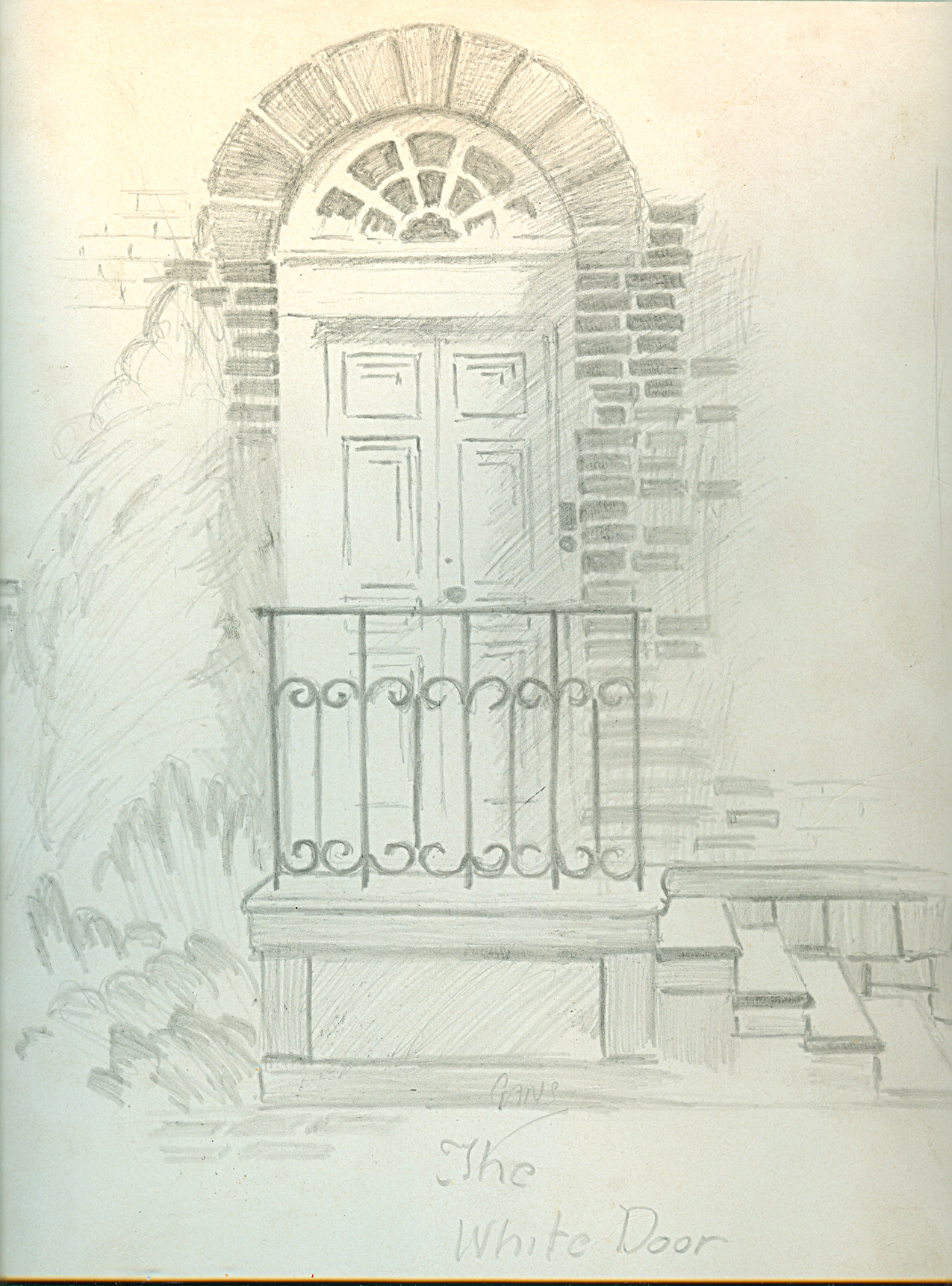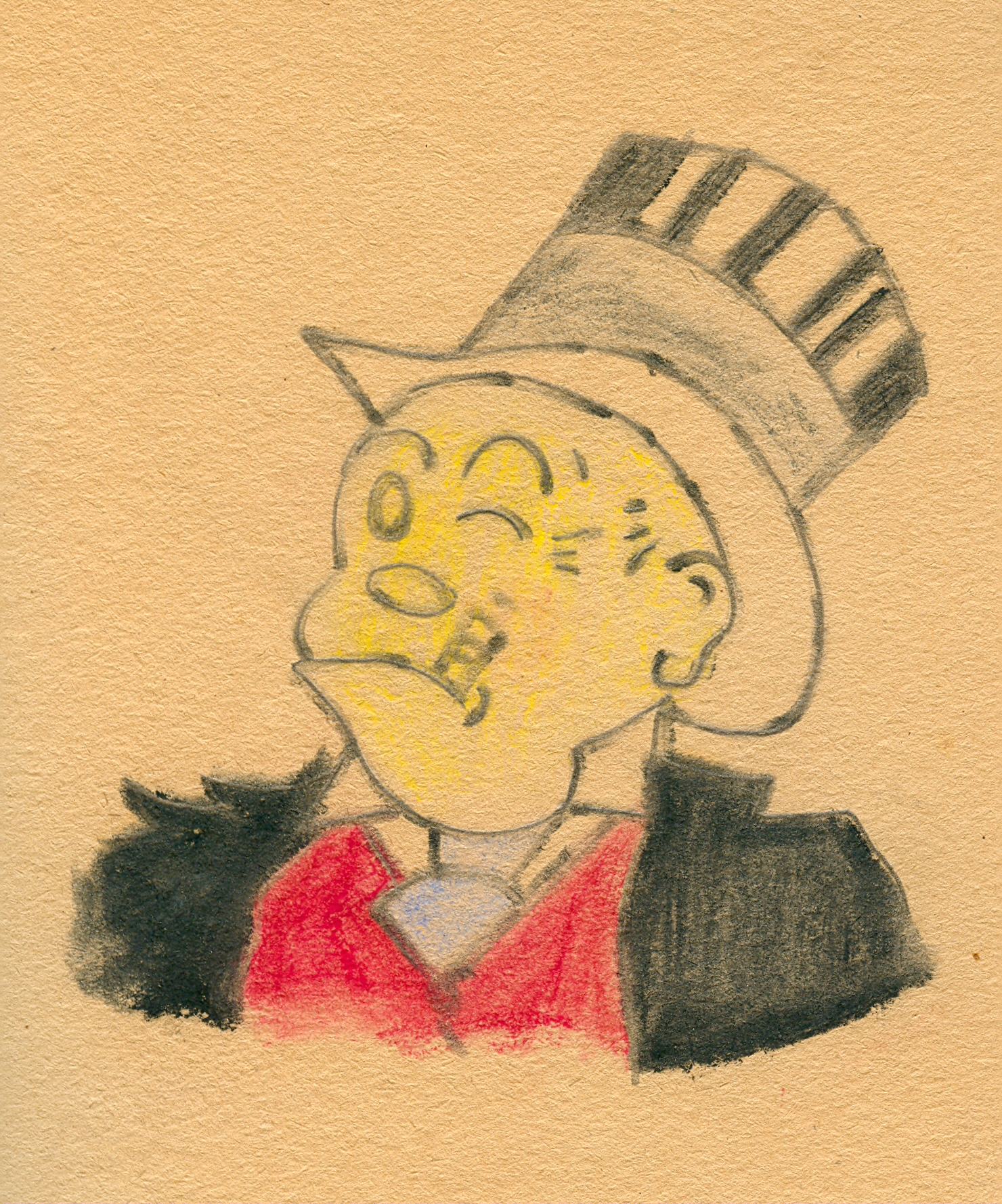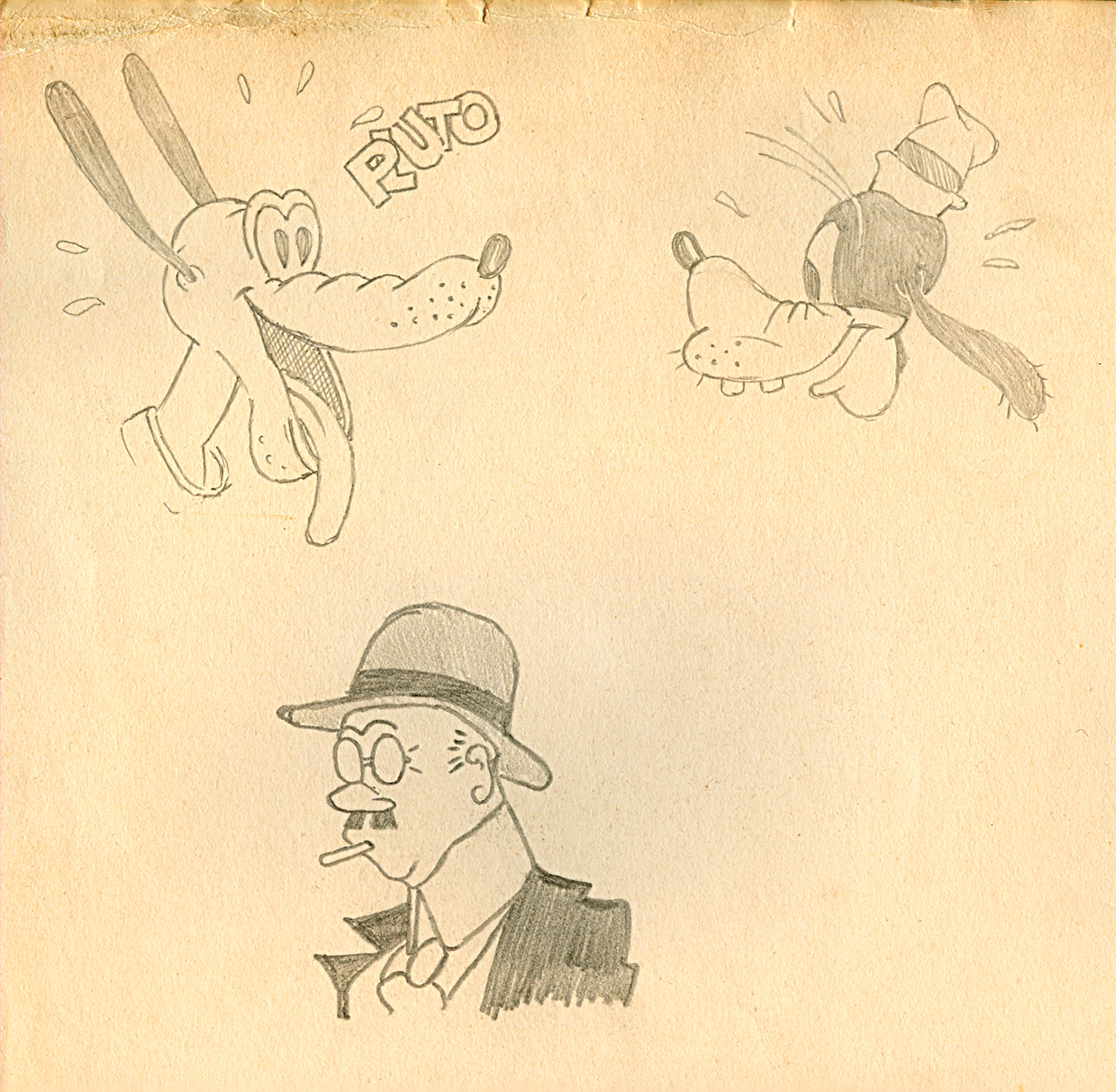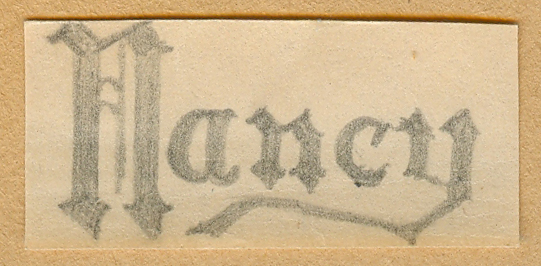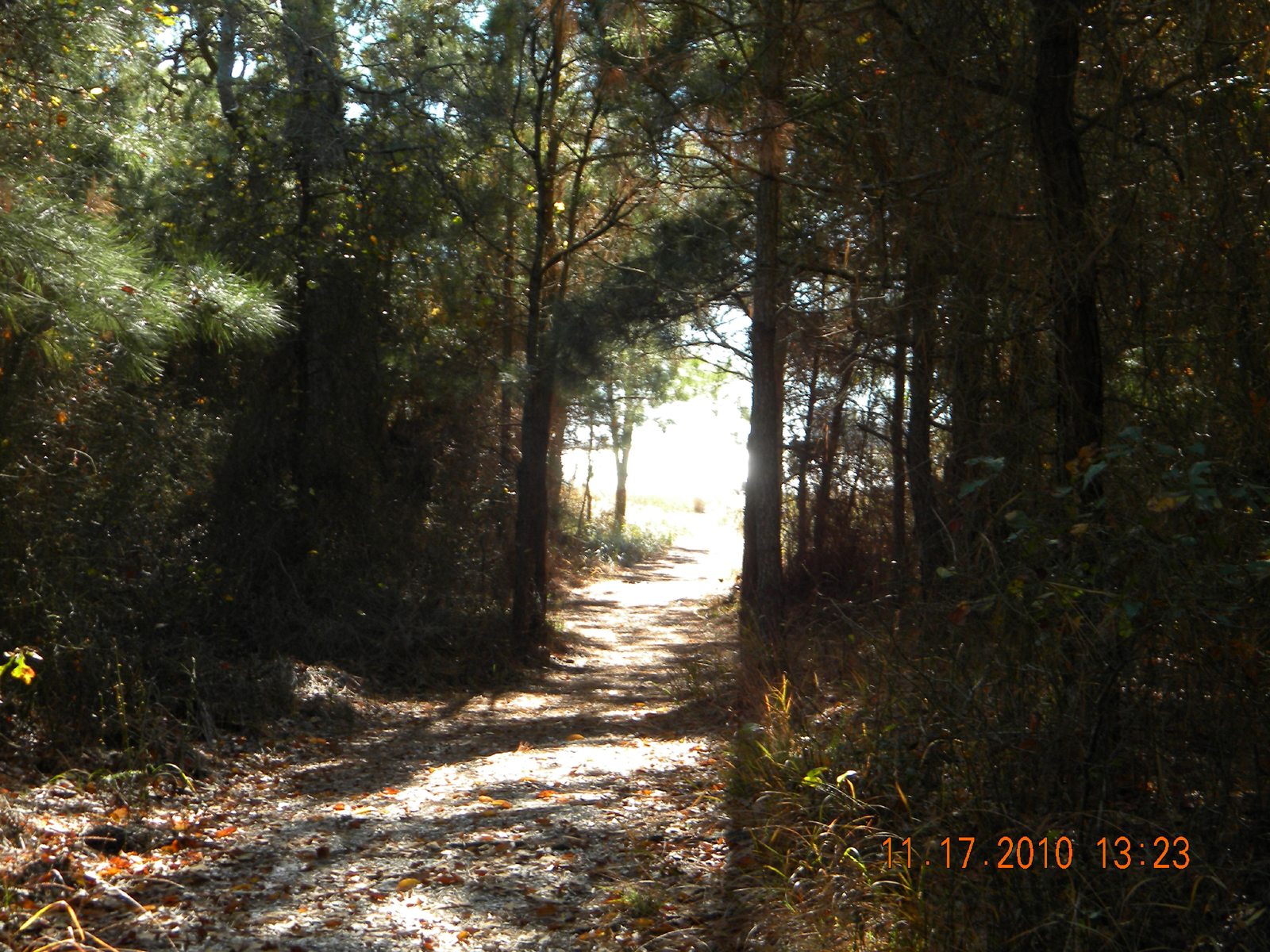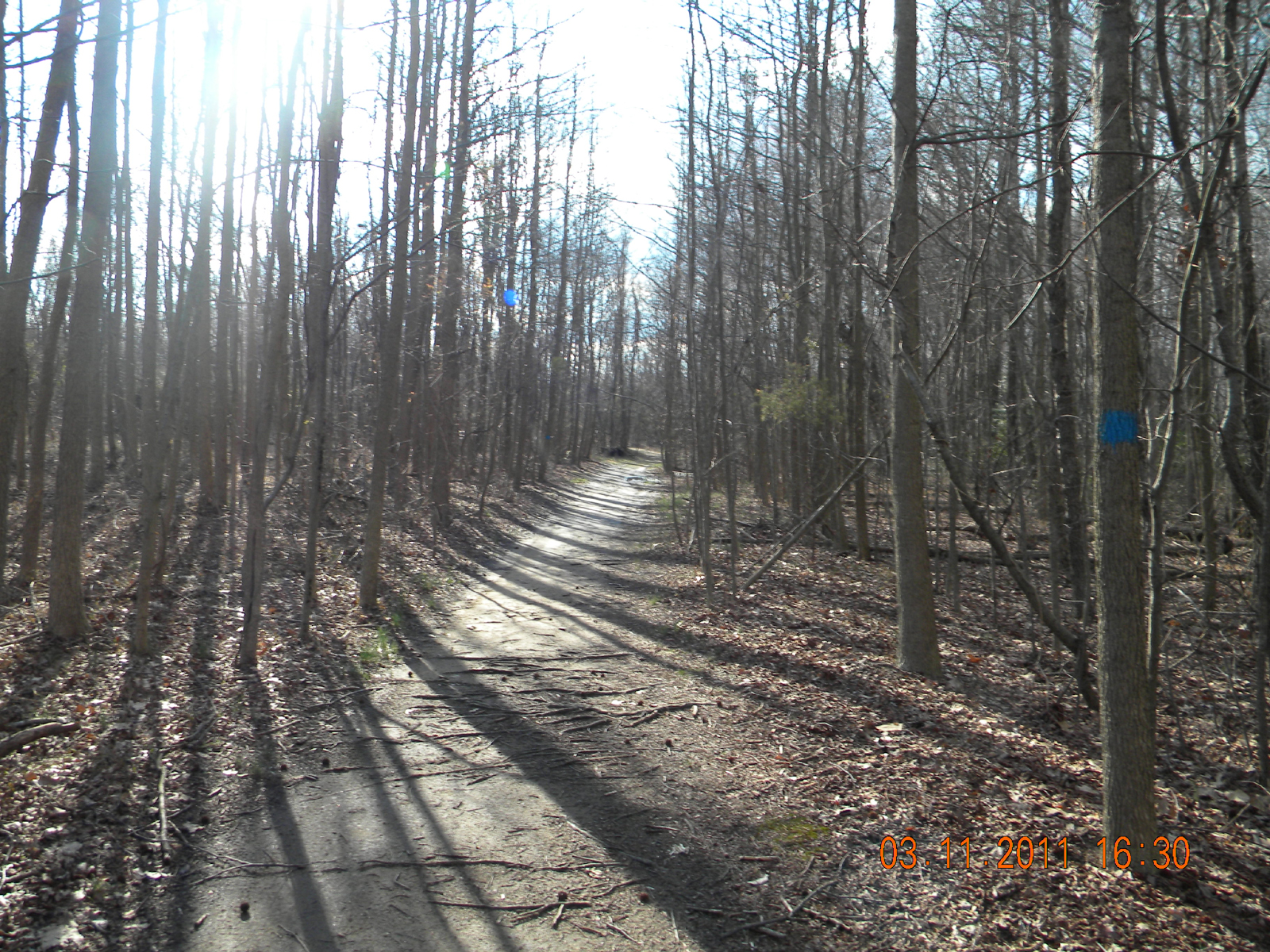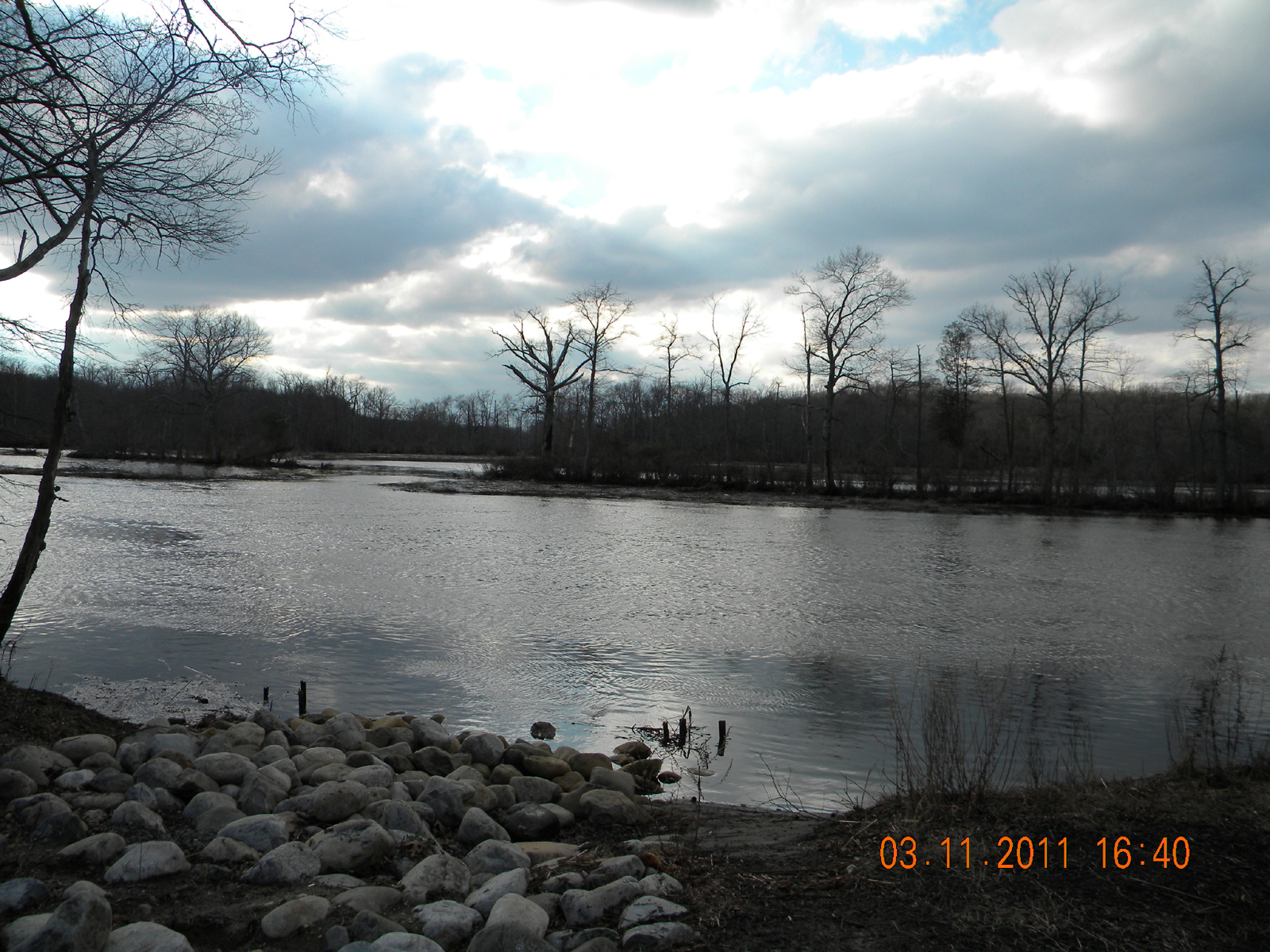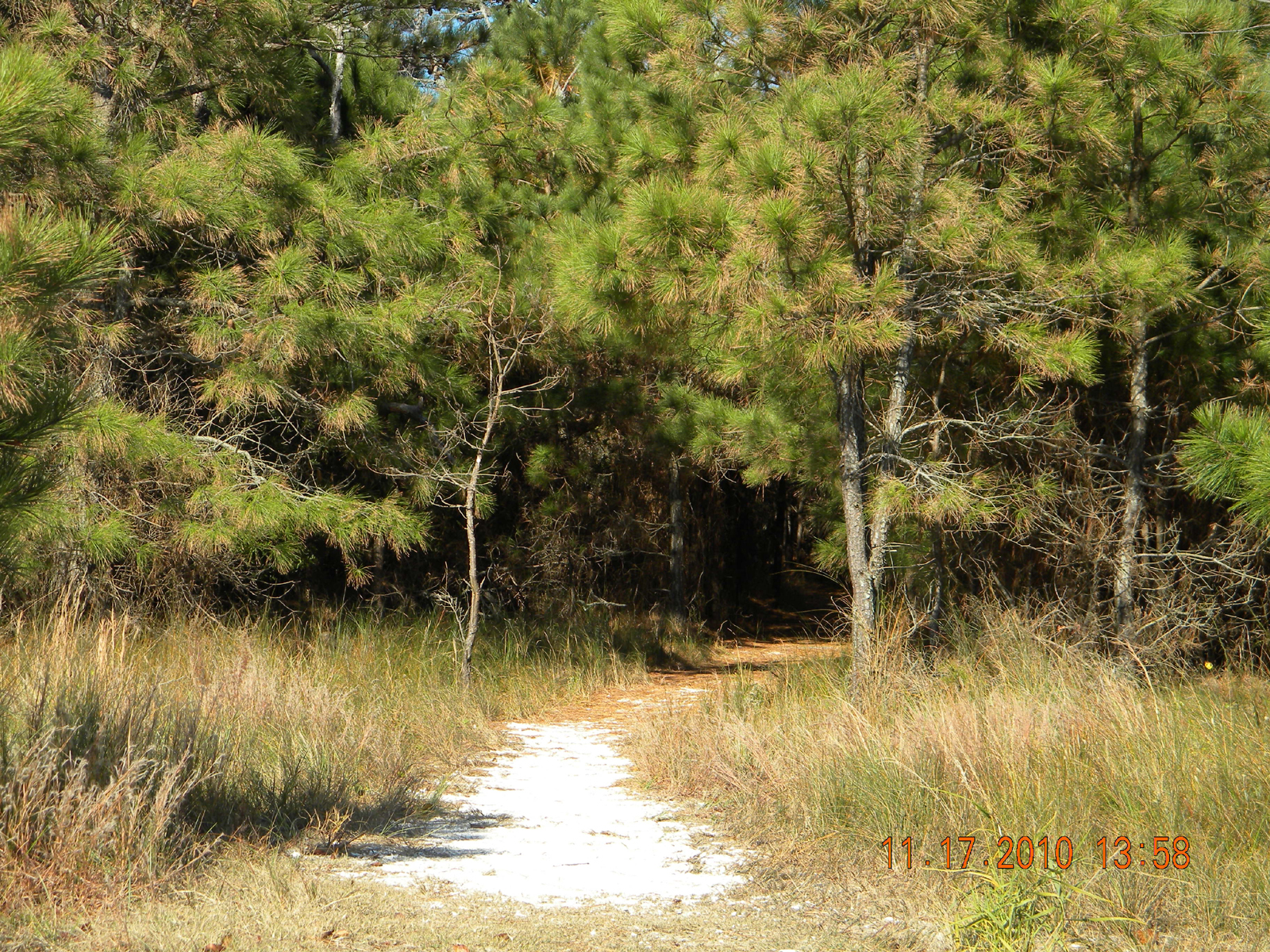I really don’t do the whole New Year’s Resolution thing. I find that “resolutions” tend to be things I wish would happen, but not things I can realistically expect to accomplish. And I think, for me, there’s psychological pressure in the idea that a resolution means I have to accomplish it or I’m a failure.
I don’t like failure.
So I decided last year that I would have goals, not resolutions. Measurable goals, so I could at least see how much headway I made if I didn’t actually reach them. So I sat down and looked at my time, my schedule, and my enthusiasm levels. Because as we all know, if you’re not internally motivated to do something, it’s not going to happen—willpower is not enough to carry something for the long term.
I focused on my writing goals for the year. I had 3 goals:
1) To post on my blog every Thursday without fail.
2) To have at least one novel ready to query agents by the fall.
3) To write at least one short story and send it to several markets.
So how’d I do?
1) I haven’t missed a week blogging. That makes 2 years in a row I’ve maintained the pace!
2) I sent my middle grade fantasy Ozcillation out to agents this fall. Hurricane Sandy kind of got in the way, but I’ll resume the queries after the holidays.
3) I have written 3 short stories and sent one of them to multiple markets. The other two should be ready after the holidays.
So you can see that I’ve accomplished what I set out to do this year—even did a little better in some places. Yay, me! It’s nice to feel like you’ve made positive progress in your life.
Next year’s goals? I haven’t thought them all through, but they currently look like this:
1) Keep up the pace with the blog, and start to use the blog to more effectively connect with my potential readers.
2) Continue to query Ozcillation.
3) Send out at least one more novel by mid-year.
4) Continue to write short stories and send them out.
Those are the writing ones. I really need to add some personal ones like exercise more, eat better, and get more sleep. But I’m wary of them because I rarely have the stamina to maintain those for long periods. Usually after a couple of weeks, I’m back to my old habits. Which doesn’t mean I shouldn’t make them goals. It just means I need to think more about how to turn them into achievable goals, instead of fantasies.
So here’s to reaching our goals in 2013! What goals do you have for the coming year?

